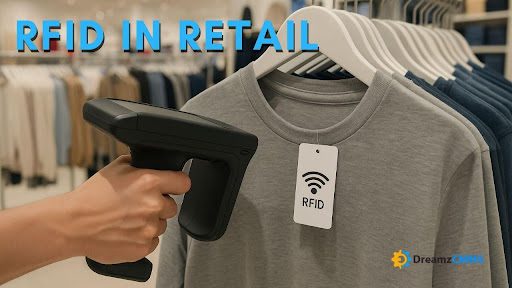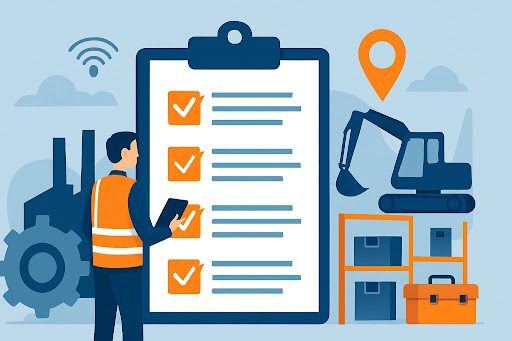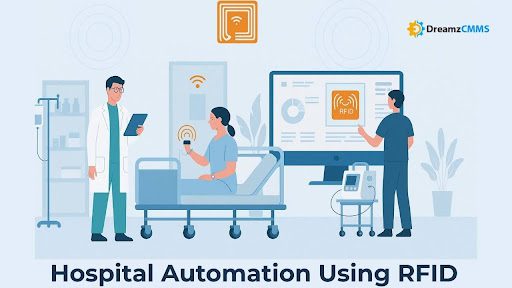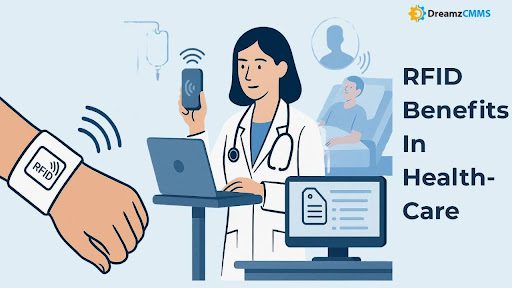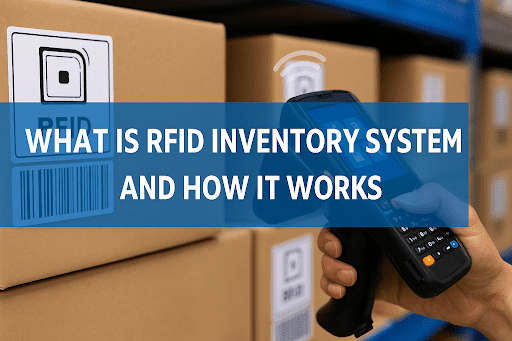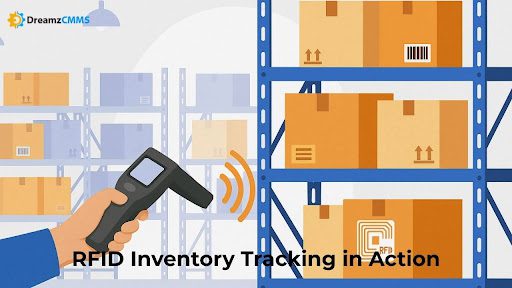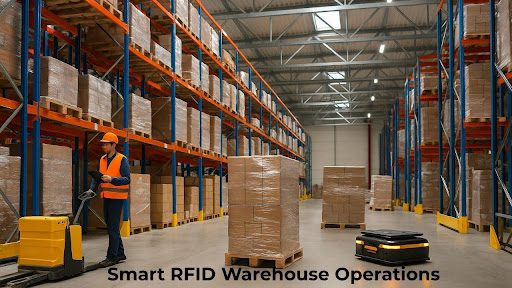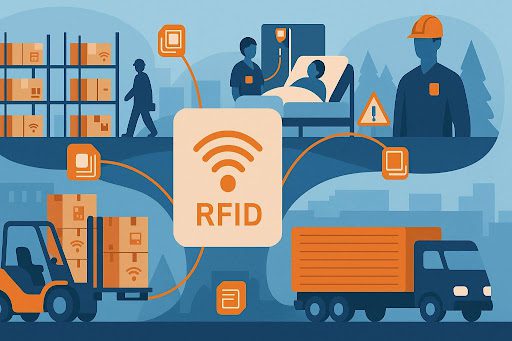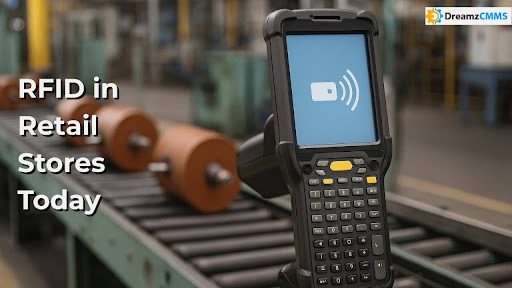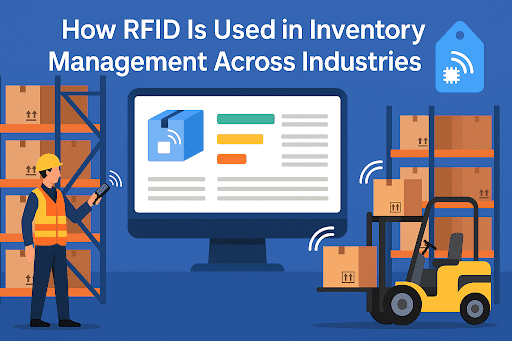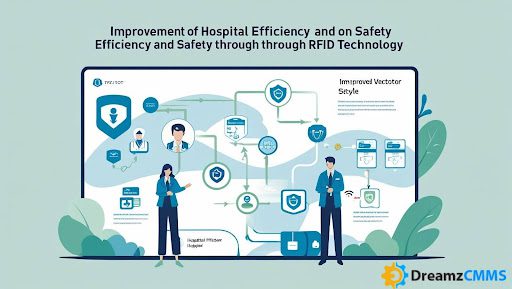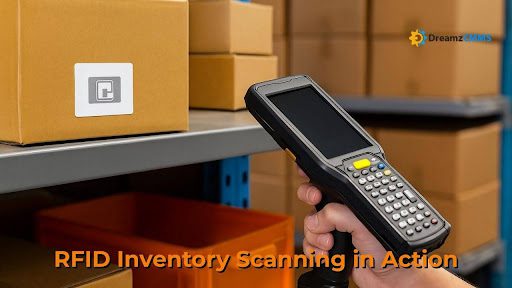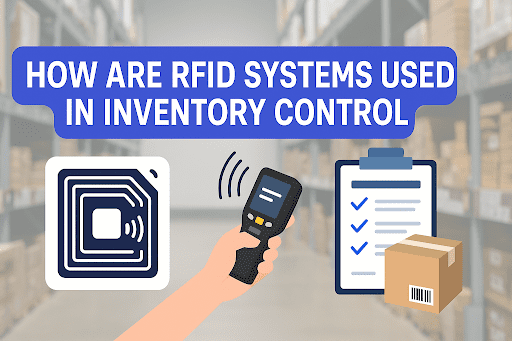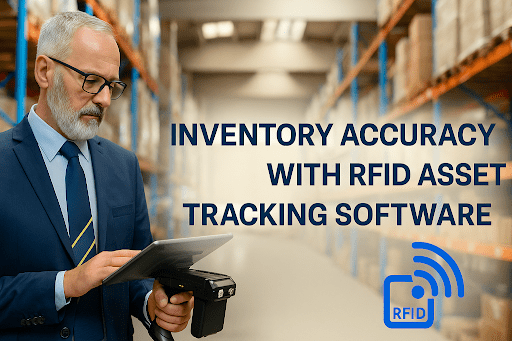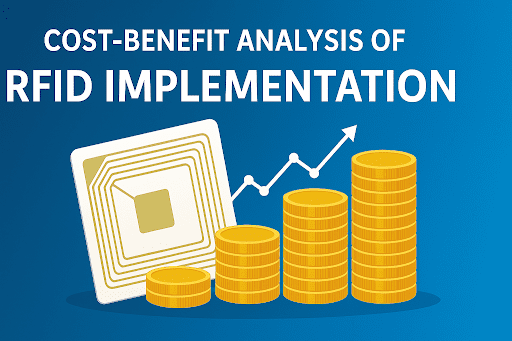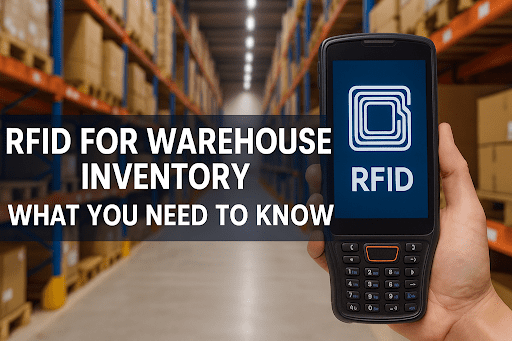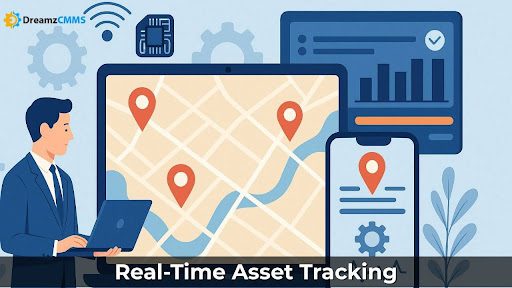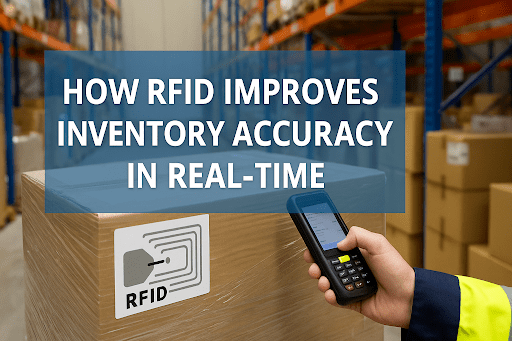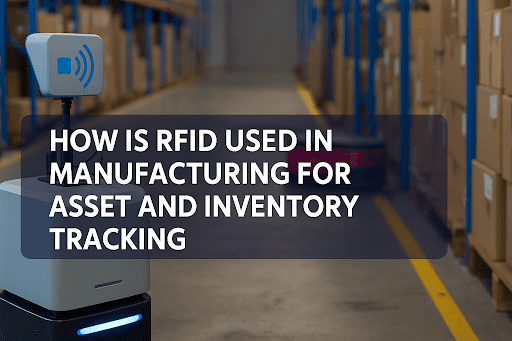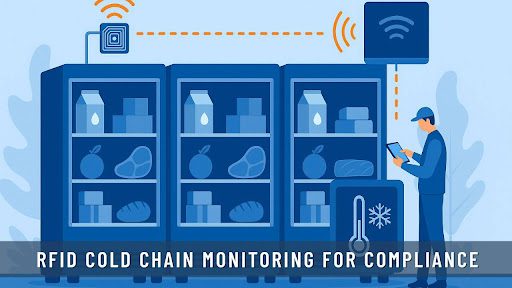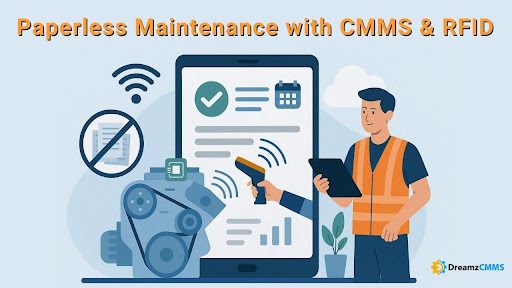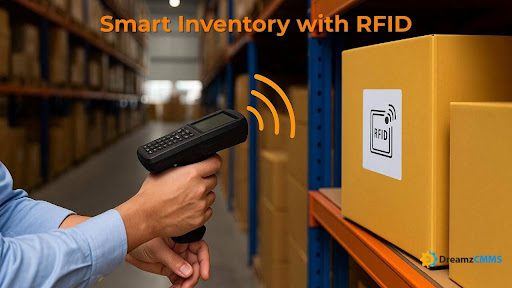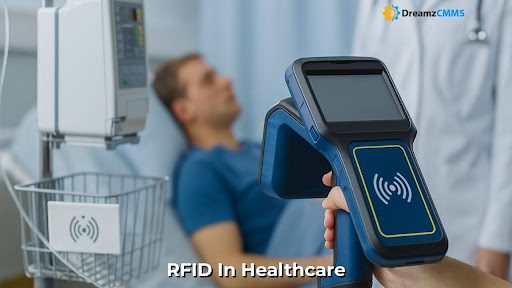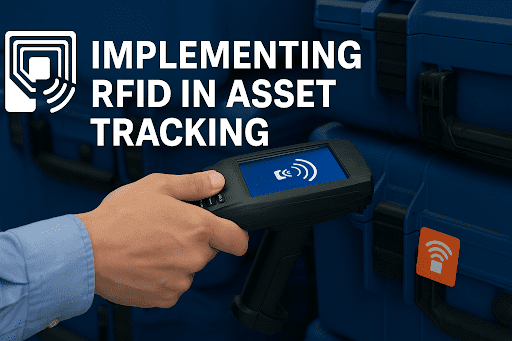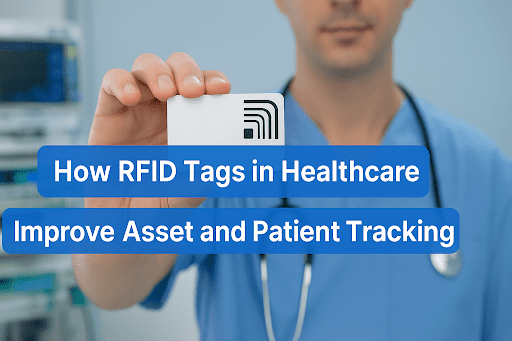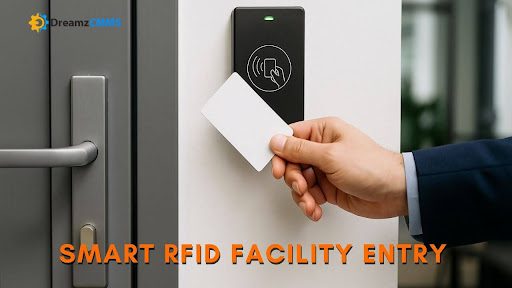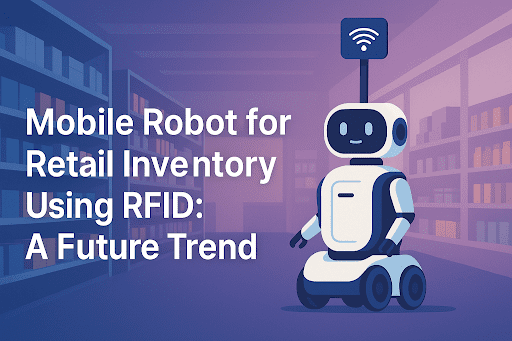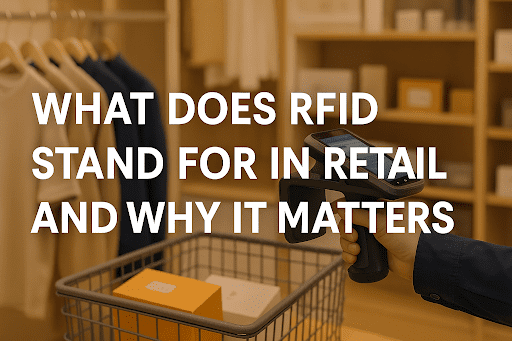 BACK TO Blog
BACK TO Blog
Asset Rental Management
RFID Asset Tracking
Introduction Imagine someone who managed equipment for a large industrial company. They mentioned that over the course of the year, hundreds of items had simply gone missing, not stolen, just misplaced. With assets constantly moving between job sites and storage facilities, keeping track of everything turned into a guessing game.
- May 07, 2025
- DreamzCMMS Team
- 9 minutes read
- May 07, 2025
- DreamzCMMS Team
- 9 minutes read
Introduction
Imagine someone who managed equipment for a large industrial company. They mentioned that over the course of the year, hundreds of items had simply gone missing, not stolen, just misplaced. With assets constantly moving between job sites and storage facilities, keeping track of everything turned into a guessing game.
That story is not unique. For companies managing hundreds or thousands of assets, the old ways of logging items, manual spreadsheets, barcodes, or paper logs just do not cut it anymore. There is too much movement, too much risk, and not enough visibility.
This is where a RFID Tracking System starts to make a real difference. With RFID asset tracking, you get live updates on where things are. Whether you are keeping tabs on construction equipment, tools, or IT hardware, it gives you the full picture without chasing paperwork.
Executives are finding that real-time RFID tracking is not just a convenience. It is a necessity for smarter decisions, better planning, and fewer surprises. And when high-value assets stay visible, losses drop, audits become easier, and operations finally feel under control.
Key Challenges Enterprises Face in Asset Tracking Without RFID
Managing physical assets at scale sounds simple until it is not. In companies that still depend on manual records or barcode scanning, keeping track of assets often turns into a slow and frustrating task. The more moving parts a business has, the easier it is for items to slip through unnoticed.
Some of the main challenges are:
1. Inaccurate or missing asset records
Assets are often relocated without proper documentation, leading to confusion and delays.
2. Time-consuming manual processes
Traditional tracking methods like spreadsheets or barcode scans slow down operations and introduce human error.
3. Lack of real-time visibility
Teams cannot access up-to-date asset locations, which delays decisions and disrupts workflows.
4. Inefficient audits and reporting
When assets go missing or need to be verified, gathering accurate information takes too long or fails altogether.
5. Operational delays and lost productivity
Equipment sits idle or goes unused simply because no one knows where it is.
6. Increased risk of loss and higher costs
Misplaced items, redundant purchases, and overstocking become common due to poor asset oversight.
7. Difficulty managing assets across multiple locations
Without centralized tracking, businesses struggle to coordinate tools, equipment, and inventory across different sites.
Without a real-time RFID tracking system in place, it becomes harder to maintain inventory accuracy or respond quickly to operational needs. Teams spend time chasing data instead of acting on it. And when audits come around or something goes missing, you are left piecing together information from half a dozen sources.
The gaps are not always obvious at first. But over time, they show up in delays, compliance issues, and growing maintenance costs. This is especially true for firms managing complex supply chains, rented equipment, or high-value tools spread across multiple locations.
How RFID Tracking Systems Work
At its core, an RFID Tracking System is built to answer a simple question: Where is everything right now? The system uses small tags, placed on equipment or inventory, which send signals to nearby readers. These readers then pass that data to software that shows you what you have and where it is live and in real time.
Think of it like this: instead of scanning each item manually like you would with a barcode, RFID lets you capture movement automatically. If a forklift drives through a gate with ten tagged items, the system logs them all without stopping. No line-of-sight needed. No point-and-scan.
There are different types of RFID tags depending on the use case. Some are basic and inexpensive, perfect for low-risk items. Others are more advanced, with built-in memory or long-range capabilities, which are great for high-value or critical assets. Many companies also use RFID asset tracking software that links this data to maintenance schedules, inventory levels, and site activity.
The beauty of this system is not just in the tech it is in the time it saves and the headaches it prevents. You are not changing how your teams work. You are just giving them better information, faster.
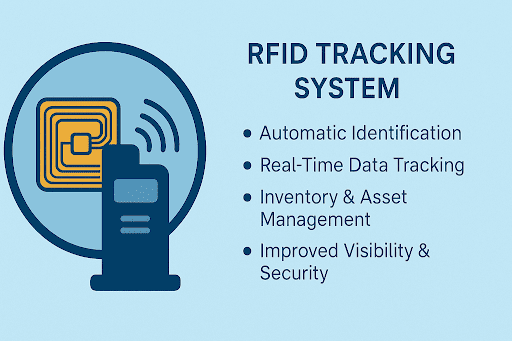
Top Benefits of RFID Tracking Systems for C-Suite Leaders
When you are managing multiple sites, large teams, and hundreds or even thousands of moving assets, details start slipping fast. That is where the right RFID Tracking System gives you an edge. It is not just about tracking things, it is about seeing the full picture and making faster, smarter calls.
Here is what that looks like in real terms:
1. Live Asset Awareness
With real-time RFID tracking, you know where things are without waiting on updates. Need to check if a piece of equipment made it back from a site? Just look it up. No calls, no second-guessing.
2. Fewer Losses, More Control
Assets do not always go missing because of theft—sometimes, they just get forgotten. RFID makes it easier to notice when something leaves a site and does not come back. That kind of visibility cuts down on replacements and keeps your teams more accountable.
3. Easier Audits
No one enjoys asset audits, but when your system logs every movement automatically, the process becomes less of a chore. With RFID asset tracking, pulling reports feels less like guesswork and more like reading the facts.
4. Smarter Equipment Use
It is easy to forget how much money is tied up in idle gear. When you can see what is sitting unused, it gets a lot easier to move it where it is needed. You buy less and get more out of what you already have.
5. Cleaner Records, Better Compliance
Whether it is maintenance logs or safety checklists, tracking it all by hand is risky. With digital records tied to each tag, your team always has proof of what's been done and when. That is a big help for audits and insurance claims.
See How RFID and DreamzCMMS Work TogetherTired of chasing spreadsheets and missing inventory data? With an advanced RFID Tracking System fully integrated into DreamzCMMS, you gain real-time asset visibility, fewer disruptions, and better control right from the field to the executive dashboard. Request a personalized demo and explore how RFID technology fits into your workflows, from asset maintenance to site coordination. |
Key Industries Benefiting from RFID Tracking Systems
RFID has found its way into all kinds of industries and not just because it is a newer technology. It solves real, day-to-day problems in places where things are always on the move.
Here is how a few sectors are putting it to work:
1. Construction
Ask anyone running multiple job sites tools disappear, gear gets misplaced, and tracking it all manually slows everything down. An RFID Tracking System helps teams know what equipment is on-site, what has gone missing, and what needs to be moved. Less hunting, more building.
2. Healthcare
Hospitals use RFID not just to track gear, but to keep patients safe. When you know where every portable device is IV pumps, monitors, wheelchairs you waste less time searching and respond faster when it matters most. It also helps staff stay on top of maintenance.
3. Facilities Management
Large buildings, data centers, and industrial plants all deal with one big problem: lots of assets spread across a wide space. RFID helps track movable equipment, schedule maintenance, and support broader facilities operations and maintenance goals with less guesswork.
4. Warehousing & Logistics
In distribution, speed and accuracy are everything. RFID tags help track pallets, containers, and shipments in real time. The system updates automatically as things move, so there is no need to stop and scan each item. It keeps the supply chain moving.
5. Field Services & Rentals
Companies that rent out gear or send teams into the field rely on tools coming back. With RFID asset tracking, items are logged automatically. Paired with asset rental management software or field service management software, it gives managers more control and cuts down on losses.
How RFID Tracking Is Delivering Value Across Industries
Conclusion: Why RFID Is a Smart Investment for Modern Enterprises
No matter the size of your operation, the challenges are the same: too many moving parts, not enough visibility, and pressure to stay efficient without increasing risk. An RFID Tracking System offers something most tools do not: clarity. You know what you have, where it is, and how it is being used, without relying on someone to manually log it.
For C-suite leaders, the value is clear. Whether you are trying to reduce downtime, shrink losses, or make more informed decisions, RFID asset tracking software helps you get there faster. It is not just about technology, it is about creating systems that work smarter, without slowing your teams down.
And when paired with platforms like:
Construction Site Management Software
Asset Maintenance Management Software
Asset Rental Management Software
The benefits multiply. You get stronger operations, better records, and fewer surprises when it counts most.
You May Also Like To ReadAsset Maintenance Management Guide Explore practical strategies to improve asset reliability, extend equipment lifespan, and lower maintenance costs across your organization. Facility Management Workflow Discover how streamlined workflows and the right digital tools can transform day-to-day facility operations into a proactive, data-driven process. |
Looking to improve asset visibility and operational control?Let us show you how a modern RFID Tracking System can help. Book your free demo and see how RFID can simplify your toughest tracking problems starting today. |
Ready for More?
Talk to one of our CMMS experts and see how DreamzCMMS can simplify your maintenance operations.
Book a free consultation
